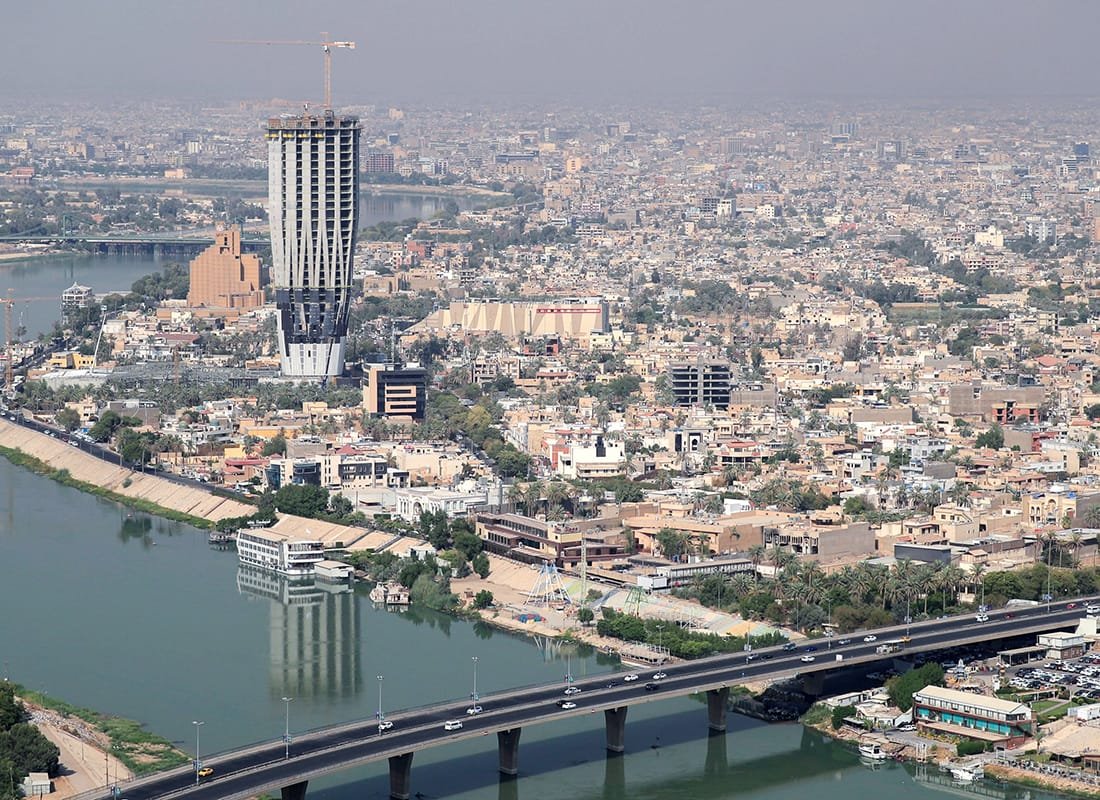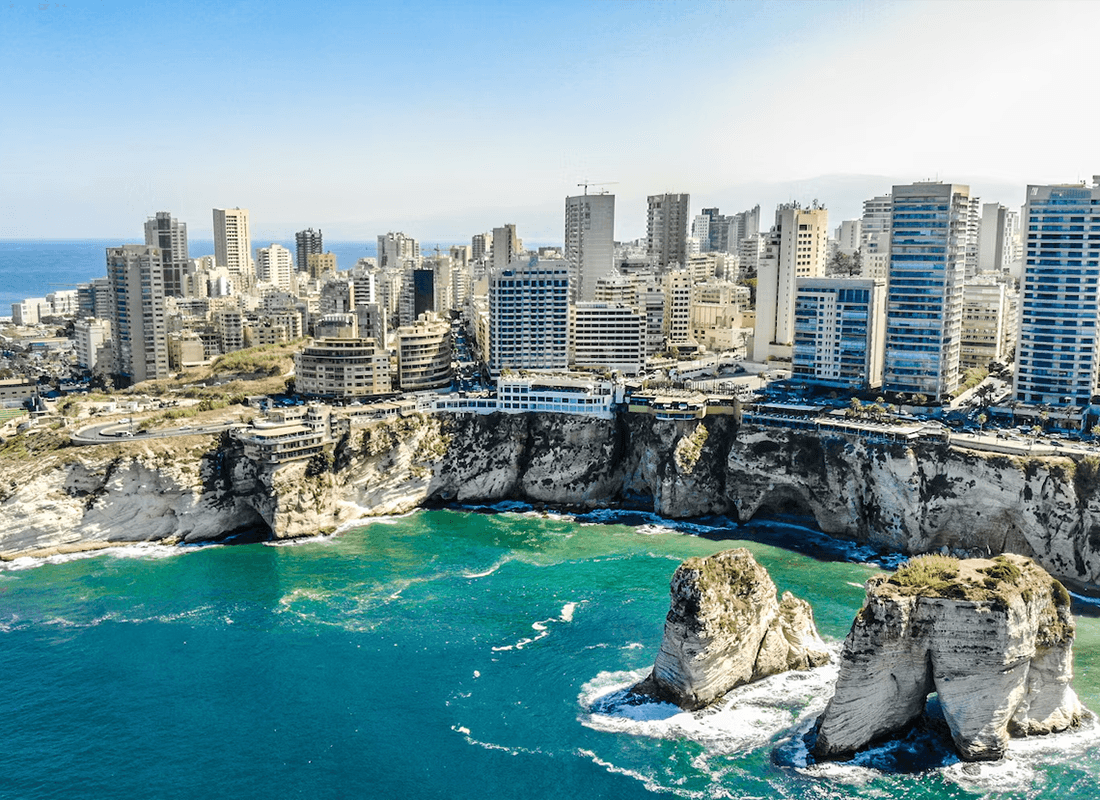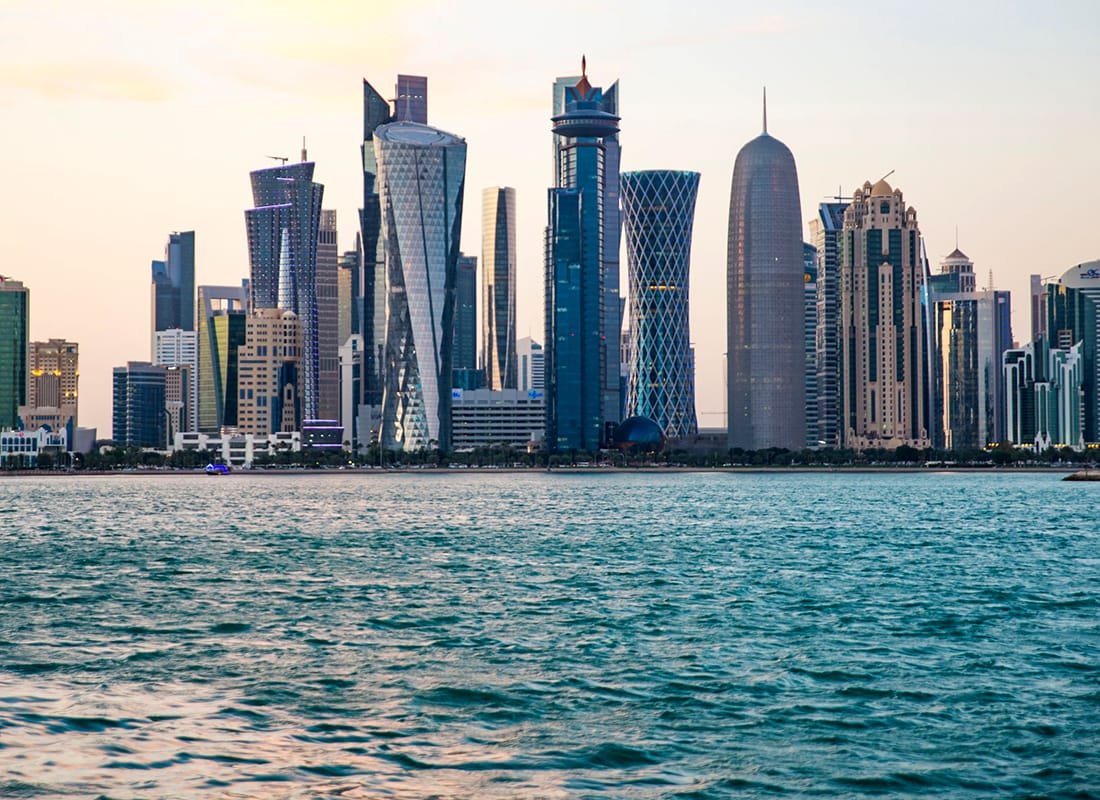Baghdad, the capital of Iraq, stands as a historic center of learning and culture, tracing its origins back to the 8th century during the height of the Abbasid Caliphate. Strategically located on the banks of the Tigris River, the city’s history is inseparable from this vital waterway that has shaped Baghdad’s growth, trade, and identity. Over the centuries, Baghdad has faced periods of immense prosperity and devastating conflict, yet its resilience continues to inspire the region and the world.
This article delves into Baghdad’s urban evolution and explores the pivotal role the Tigris River has played in defining its economic and cultural tapestry. Because MDN (Mudon) values Baghdad’s architectural heritage, the company occasionally creates partial 3D models of select landmarks to highlight the city’s enduring legacy. By understanding Baghdad’s past and the Tigris River’s influence, one can better appreciate the city’s enduring significance in Middle Eastern history.
From Abbasid Splendor to Modern Challenges
Baghdad was founded in 762 CE by the Abbasid Caliph al-Mansur, who envisioned it as a grand metropolis surpassing all others. Built in a circular layout known as the “Round City,” Baghdad soon became a global hub of knowledge, commerce, and scholarship. Its libraries, schools, and observatories attracted scholars from across the Islamic world and beyond, ushering in a golden age of science and culture.
However, the city also endured moments of turmoil—most notably the Mongol invasion in the 13th century, which inflicted severe damage on Baghdad’s infrastructure and intellectual institutions. Subsequent centuries brought Ottoman and British influences, reshaping the city’s administrative and urban fabric. Despite these challenges, Baghdad’s central location on the Tigris ensured it remained a crossroads for trade and cultural exchange. When designing a Baghdad city model, focusing on the interplay of historical layers—Abbasid, Ottoman, and modern—can capture the city’s diverse heritage.
The Lifeblood of Baghdad: The Tigris River
Running through the heart of Iraq, the Tigris River has long been the lifeblood of Baghdad. It facilitated trade routes linking the city to regions as far-reaching as Anatolia and the Persian Gulf. Farmers relied on its waters for irrigation, while merchants navigated it to transport goods ranging from textiles to spices. Over time, multiple bridges and embankments were constructed along the Tigris’s banks, reflecting Baghdad’s evolving urban needs.
Moreover, the Tigris served as a focal point for social and cultural life. Riverside promenades, cafés, and gardens sprang up along the water’s edge, offering residents a place to gather, converse, and relish the city’s poetic scenery. The river’s presence continues to shape Baghdad’s identity, providing both a sense of continuity with the past and an impetus for modernization. Those interested in the Tigris’s impact on Baghdad’s layout can explore our _Baghdad Riverfront Highlights_ for more insights.
Architectural Heritage Along the Tigris
The urban landscape of Baghdad is punctuated by a blend of Islamic, Ottoman, and modernist architecture—much of which aligns with the meandering banks of the Tigris. Historic mosques, madrasas, and palaces echo the city’s golden age of Islamic scholarship, while newer constructions reflect shifting political and economic realities. The Mustansiriya School, for instance, stands as a testament to Baghdad’s academic prominence in the 13th century, showcasing intricate details emblematic of Islamic art.
Many of these structures have faced damage over the centuries, yet ongoing conservation efforts highlight a growing desire to preserve Baghdad’s cultural legacy. For those captivated by these historical edifices, a Baghdad city model that spotlights key landmarks along the Tigris can illustrate how the river has guided urban planning and architectural flourishes.
Modern Developments and Urban Renewal
In the 20th and 21st centuries, Baghdad’s infrastructure underwent multiple transformations. The introduction of wide boulevards, modern government buildings, and expanded residential districts reflected Iraq’s attempts to modernize amidst regional upheavals. While conflict and political instability have at times hindered sustained growth, new urban initiatives seek to revitalize portions of the city, including the riverfront areas.
Efforts to reconstruct bridges, improve flood defenses, and establish public parks along the Tigris are emblematic of Baghdad’s drive to balance heritage preservation with contemporary needs. MDN contributes to these aspirations by creating partial 3D models of urban developments that underscore Baghdad’s adaptability and resilience. By visually capturing specific redevelopment projects, these models help communities imagine a future that honors the past yet embraces progress.
Significance of Partial 3D Models
A Baghdad city model does not need to represent the entire metropolis to convey the city’s character. Instead, smaller, detailed replicas of iconic areas—such as the old city walls, a historic bridge, or a modern government complex—can offer a clearer understanding of Baghdad’s layered identity. Architects and urban planners gain insights into how historical footprints merge with contemporary innovations, while historians and tourists can appreciate the city’s beauty and complexity in tangible form.
These selective 3D representations also highlight how the Tigris has functioned as both a unifying force and a strategic asset, shaping the distribution of key structures. Whether it’s the city’s medieval heart or its ongoing urban renewal, partial models can reveal Baghdad’s essence without overwhelming the observer. This approach aligns with MDN’s philosophy of showcasing a city’s most defining elements through artistic, meticulous detail.
Conclusion: The Eternal Spirit of Baghdad
Baghdad’s centuries-long journey is intricately tied to the Tigris River, forming a narrative of intellectual brilliance, cultural resilience, and architectural evolution. From the Abbasid Round City to today’s modern skyline, Baghdad reflects both the triumphs and trials of a region that has profoundly influenced human history.
MDN acknowledges and celebrates Baghdad’s legacy by focusing on its most meaningful landmarks and areas. Such 3D pieces capture the heartbeat of a city that, despite countless challenges, continues to adapt and inspire. In many ways, Baghdad’s story is a testament to the enduring power of water, trade, and human ingenuity—a story best understood when viewed through the lens of its urban heritage and the ever-present flow of the Tigris River.


